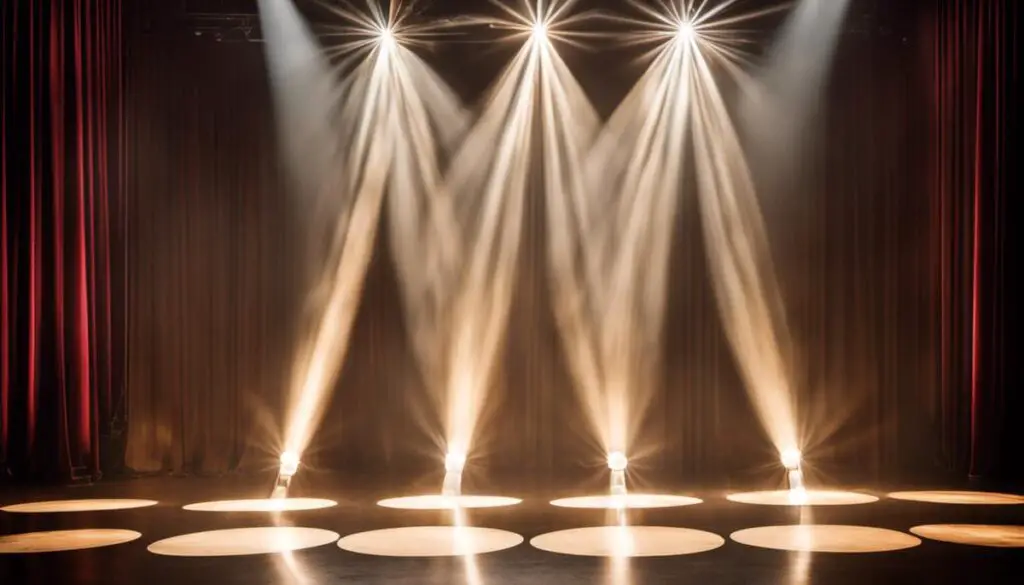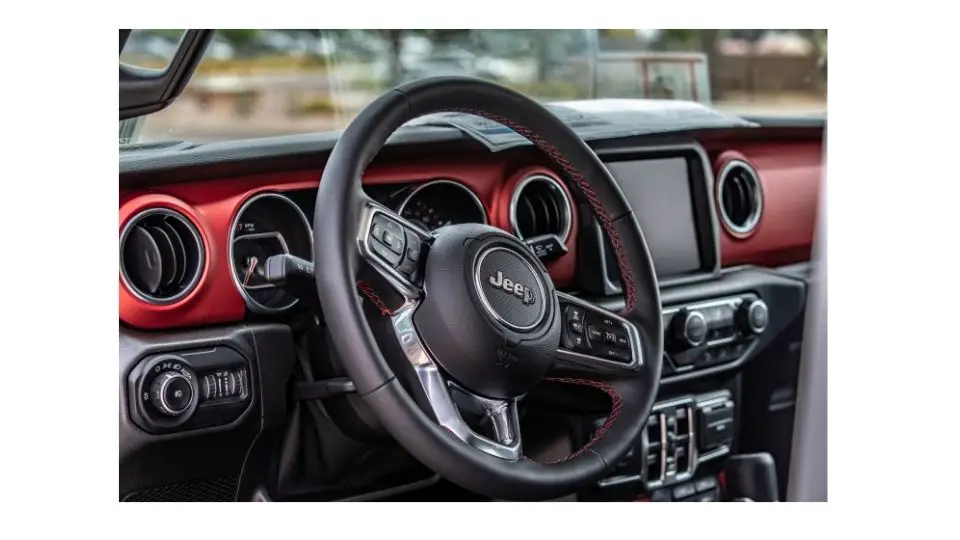Lighting plays a critical role in settings of all kinds, from the coziness of our homes to the captivation of dramatic stage settings, even to the security of vast public spaces. Yet, not all lights serve the same purpose – certain types are more suited to specific requirements than others. This discourse dives into the world of two particular players; spot lights and flood lights. We pull back the curtain on the intricate details of these illuminating subjects, casting a light on their unique characteristics, resultant effects, and best applications. It’s a journey into the lesser-known intricacies of a technology we all take for granted, yet can change our perception of the world around us – literally lighting up our lives in distinct, fascinating ways.
An Overview of Spot Lights
Spotlight: The Star of All Lights
Chances are if you’re reading this, you’re like us — a fellow lighting enthusiast. At first, the world of lighting might not strike you as exotic or glamorous. Still, venture further in, and you’ll discover a rich universe rife with diversity, variety, and unexplored avenues. Today, we’re shedding light on a pivotal character in this universe – the spotlight.
Imagine this — a stage bathed in a distinctive, radiant sheen. A single person in a cast of dozens standing out in glaring clarity. A painting coming alive under the luminance of a precisely directed beam. If these situations seem familiar, then you’ve encountered a spotlight!
Firstly, a spotlight gets a lot of mileage out of intensity and precision. Boasting an intense beam of light contained within a narrow angle, spotlights offer impressive wattage, providing a higher luminous intensity than other types of lighting. It wouldn’t be outlandish to say a spotlight’s singular purpose is to highlight – it’s literal and metaphorical bread-and-butter.
But what are the exact features of a spotlight that bestow upon it this amazing illuminating ability? Well, it all about its design! A spotlight, quite unassumingly, is a cylinder — housing the lamp and a reflective surface. Remember, this isn’t some unplanned, random design choice; it’s smart engineering at play. The reflective surface helps light-bounce, maximizing the illumination while maintaining the beam’s compact nature. The cylinder, on the other hand, ensures the light is focused and precisely directed where you want it.
Now, it’s fine and dandy to appreciate the spotlight’s design and function but, where does it fit in the real world? Or more precisely, where can you use it?
In terms of practical application, the spotlight is ubiquitous because of its incomparable ability to, well, put a spot on things! Exhibit A: theatres. Any production director would vouch for the indispensability of a spotlight in stage sets. It becomes instrumental in guiding the audience’s attention, building tension, or simply highlighting a character.
Yet, the prowess of the spotlight doesn’t stop at theatres. It’s exploited in architectural lighting to put a well-deserved shine on iconic structures. Interior designers exploit the spotlight to highlight artwork, enhance decor, or create dramatic lighting effects. Motor vehicles employ spotlights for visibility. Even hunters use them to track their prey at night.
In a nutshell, the spotlight is an unsung hero in the world of lighting. Combining precision, powerful intensity, and an uncanny knack of focusing attention, its uses range from the mundane to the magnificent. So, next time you spot a beam putting a ‘spot’ on something, give a nod to the trusty spotlight — the star of all lights.

Photo by pgreen1983 on Unsplash
Exploring Flood Lights
Diving right into the heart of it, floodlights are a subtype of spotlight that can illuminate large areas with a wide beam of light. Imagine a blanket of light blaring out from an incredibly intense point of origin. That’s your typical floodlight. They are incredibly powerful, versatile, and offer an array of applications.
Design-wise, floodlights differ from your run-of-the-mill spotlights in the sense that they are designed to cast a large, ‘flooding’ beam of light over a substantial space. The power and spread of the beam can greatly vary, subject to the reflector’s design. Plus, the integration of specialized lenses further expands their use scenarios by allowing them to project soft-edge beams. These can easily cover a vast area, which places these luminous titans in a wide array of practical scenarios.
Now, let’s talk about how these floodlights work. Behind their simple exterior resides intriguing technology. Floodlights leverage the properties of an electric arc between tungsten electrodes housed inside a translucent or transparent fused quartz or fused alumina arc tube. Once the lamp is switched on, the electric arc emits an intense light, which is capable of mimicking the brightness of daylight. Some floodlights also consist of combinations of halogens, compounds of hydrogen and other elements, a design that significantly enhances their overall luminosity and lifespan.
As you can imagine, situations calling for such extensive illumination are countless. In a sports venue, for instance, providing ample light for night-time games is essential. Here, floodlights become the star of the show. Their wide beam can illuminate an entire field or stadium, making them indispensable for games such as football, cricket, and so forth.
Construction projects often stretch into the night and demand persistent, intense light sources to ensure work safety. Enter floodlights. With their ability to envelop a large area in bright light, they make night-time construction possible and, more importantly, safe.
Let’s not forget about their security uses. In a residential or commercial setting, floodlights act as a deterrent against unsavory activities. A well-lit area after dark does not make an easy target. Also, in parking lots, these lights enhance visibility, contributing to the overall safety of the premises.
Finally, on a more aesthetic note, there’s nowhere floodlights can’t work when it comes to illuminating landmarks, buildings, and landscapes. By providing a flat and wide beam of light, they can accentuate architectural features and create visually stunning spectacles for spectators at night.
In a nutshell, within the vast galaxy of lighting fixtures, floodlights are undoubtedly some of the brightest stars. Their design, intense light output, and widespread coverage yield numerous practical uses; from sports to security, construction to aesthetics, they prove invaluable. So, whether you’re looking to illuminate a football field, secure a warehouse, or light up a spectacular architectural masterpiece, remember, there’s a floodlight for that!
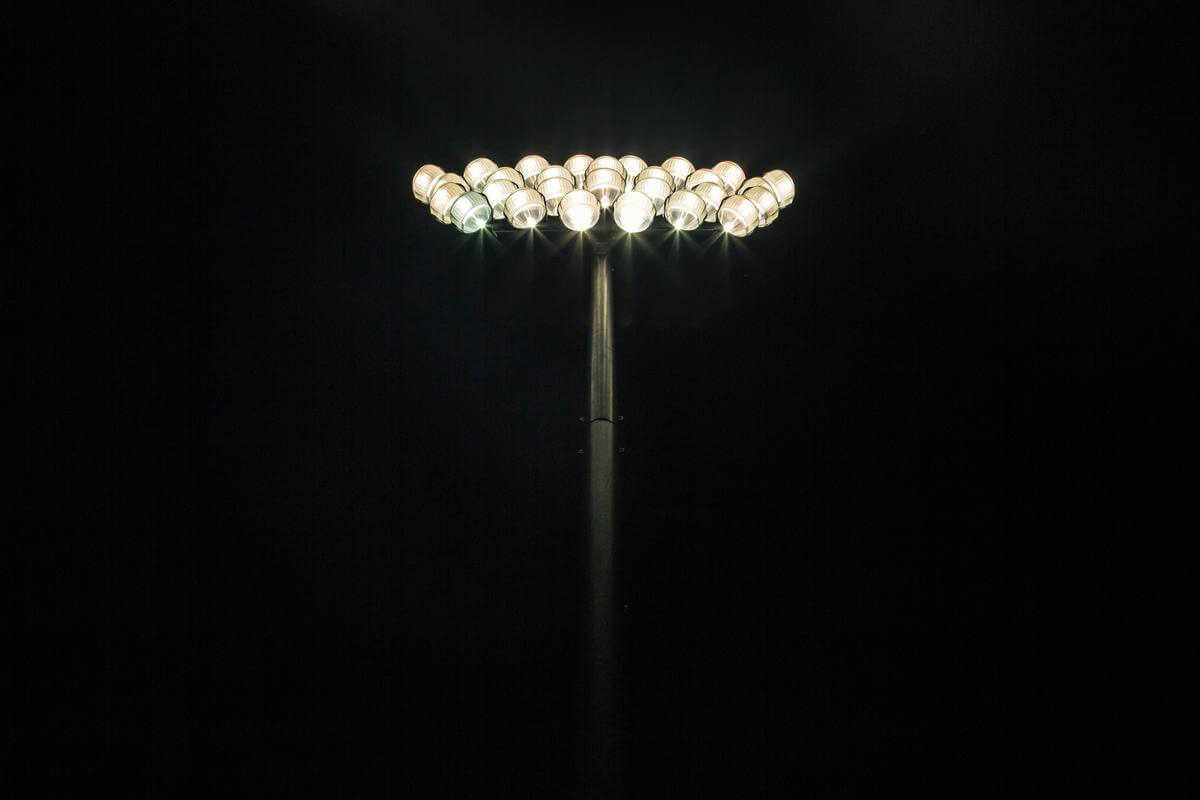
Photo by matthewhenry on Unsplash
Comparing and Contrasting Spot Lights vs Flood Lights
Transitioning from the focused, intense illumination of spotlights, let’s delve deep into the world of floodlights. Not to be confused with its spotlight counterpart, floodlights have their own unique set of characteristics and functionalities, making them equally noteworthy in the realm of lighting.
While both spotlights and floodlights share the core purpose of illuminating spaces, their design specifics differ greatly. The fundamental characteristic responsible for this difference lies in the degree of the lighting beam. Spotlights come with narrow beam angles, allowing them to focus on specific objects or areas. Floodlights, conversely, boast a broader beam angle. With this generous spread of light, typically around 120 degrees, floodlights are capable of illuminating expansive spaces with ease.
The technology behind floodlights is unequivocally remarkable. Often comprised of LEDs, these power-packed lighting solutions provide significant lumens per watt. Increased energy efficiency is an added advantage of these fixtures. The architecture of floodlights allows for intense light spread and sustainable usage, which is a pivotal reason behind their prevalence in extensive lighting applications.
Speaking of usage, the practical applications of floodlights are ubiquitous, stretching from essential requirements to aesthetically pleasing implementations. Sports arenas are common examples of floodlight usage; the broad, intense light beams illuminate large fields, facilitating clear visibility during nighttime games or events. The construction industry relies heavily on floodlights to maintain safety standards during night hours. The powerful illumination reduces shadowy corners, minimizing work hazard risks.
Just like spotlights, floodlights aren’t solely confined to practicality. Their broad, decorative applications cannot be ignored. Often used to highlight architectural details and landscape features, these lights add aesthetic allure by creating an enticing glow that draws attention.
Security settings also benefit from floodlights. The broad illumination lights up potential hiding spots around commercial and residential sites, thwarting unwanted trespassing attempts.
In conclusion, while spotlights are key players in focused illumination, floodlights specialize in throwing a wider span of light, providing intense luminosity for larger areas. Each has its unique role and irreplaceable value within different scenarios. While their forms may differ, the sheer brilliance and versatility of both spotlights and floodlights bask in a spotlight of their own in the world of lighting. By understanding and employing the right light for the right situation, we can unveil the power and potential of simply… lighting up our world.
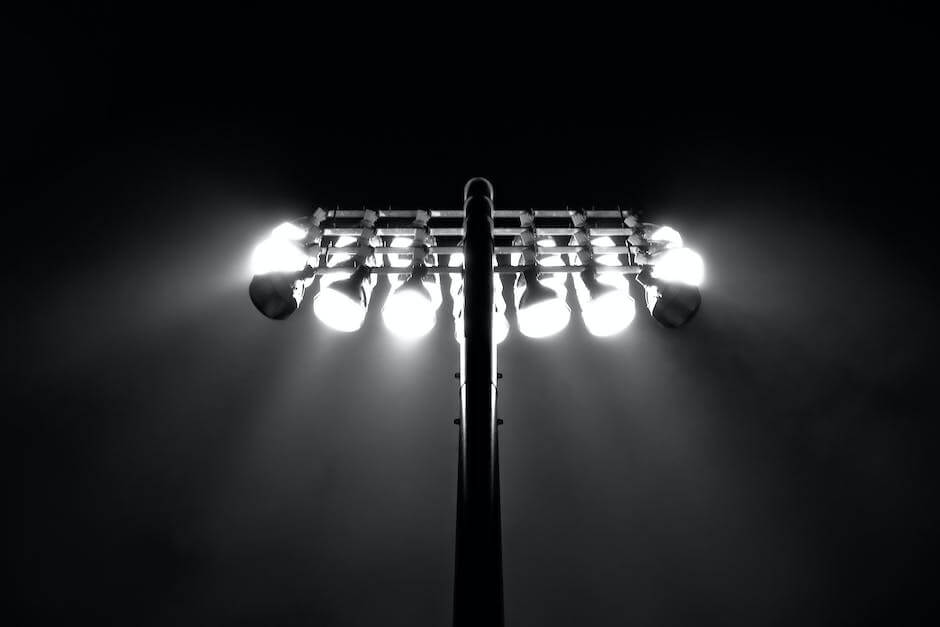
Choosing Between Spot Lights and Flood Lights
Now that we’ve immersed ourselves into the breath-taking world of spotlights and floodlights, let’s dig a little deeper into the factors that should influence your choice between these two powerful, diverse illuminators.
Firstly, consider the nature of your application. Essentially, this boils down to the scope and magnitude of the area you’re looking to light. If you need to focus intense light on a specific area or object, a spotlight will serve you the best. Its narrow beam extends far and focuses light onto a small area, providing dramatic, detailed illumination. Think of that majestic elk you are stalking in the wild during a hunting trip or the ethereal beauty of a piece of art in a museum.
Whereas if the aim is to light a larger area uniformly, such as a football field or a backyard party, floodlights become your go-to option. Emitting a wide-angle beam, typically around 120 degrees, floodlights shower a large area with uniform light, creating a day-like ambiance even in the after-dark surroundings.
Then, you should gauge the need for adjustability and movement. Spotlights often come with feature adjustments like rotation and tilting, making them a popular choice for applications where the lighting direction frequently changes, such as on a theatrical stage or in creative photography.
Conversely, for stationary, non-moving light sources providing strong and wide light coverage, floodlights stand out. They are typically mounted on a surface or a stand, and are designed to stay static, which makes them ideal for applications like illuminating a construction site or acting as security lights.
A significant determinant in your choice should be energy consumption. If the application requires lights to be on for extended periods, the energy efficiency of LED floodlights makes them the more cost-effective approach, despite their higher initial investment. However, if you need short-term, sporadic usage with intense illumination, spotlights might prove to be more economical.
Lastley, consider the visual impact you intend to create. Spotlights, with their intense, focused lighting, are perfect for creating a dramatic highlight or shadow effect. Alternatively, the broad, diffused light cast by floodlights offers a softer feel, making them ideal for lighting up landscapes or buildings aesthetically during the night.
Both spotlights and floodlights hold their ground firmly in the world of illumination with their respective unique characteristics and applications. May your path to phenomenal lighting experiences glow bright, armed with the understanding that your choice between a spotlight and a floodlight ultimately lands on the nature and needs of your application. Illuminate away, lighting maestros!
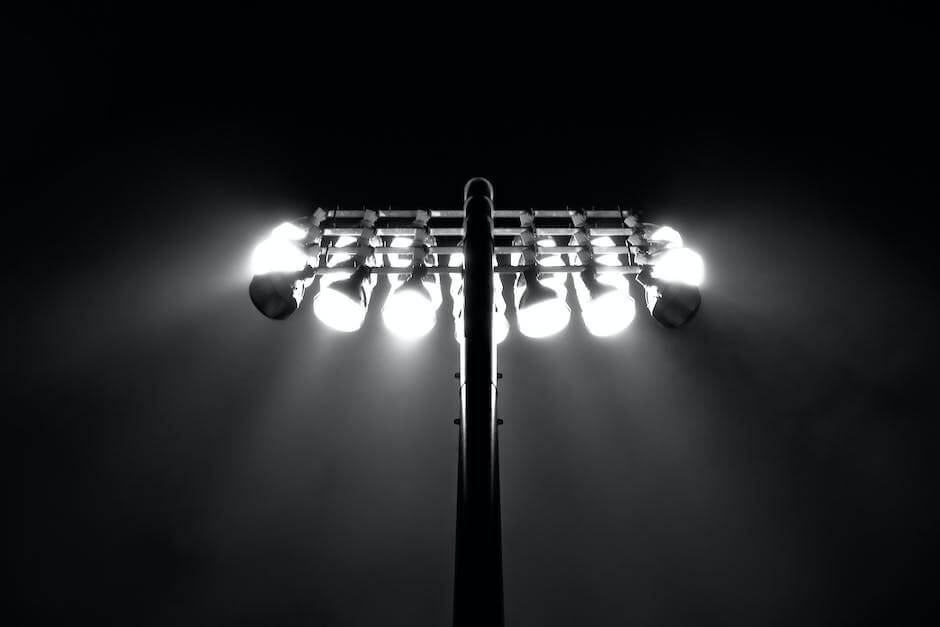
Through the course of our exploration, it becomes apparent that the decision between using spot lights or flood lights is not a simple toss-up. It requires a careful consideration of factors ranging from the planned environment, the desired impact, to the level of efficiency required. As such, an understanding of these lighting devices becomes not just insightful but also essential for any lighting enthusiast or professional. We hope that this knowledge equips you to illuminate your world, whether that’s capturing attention with a brilliant spot light or bathing an area in a soothing wash of a flood light. The power to paint with light is in your hands, guiding you towards creating more enchanting and secure spaces.

